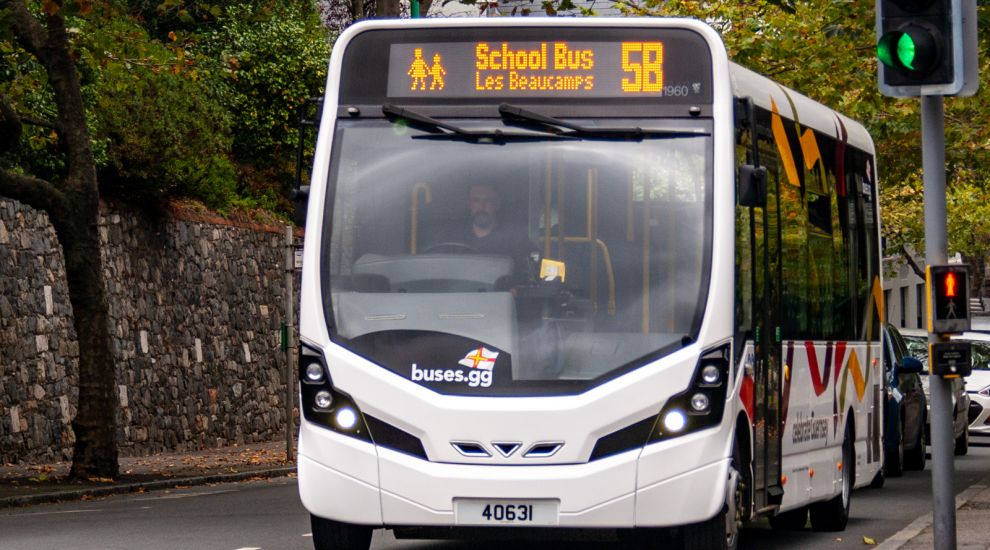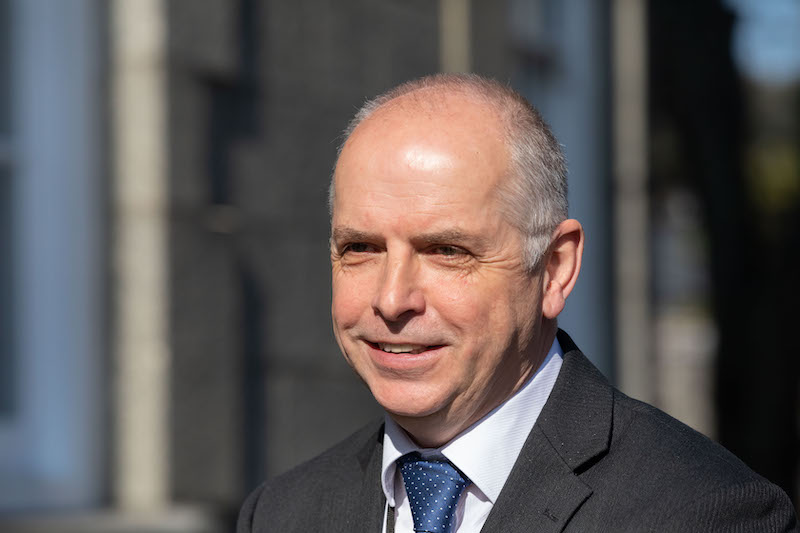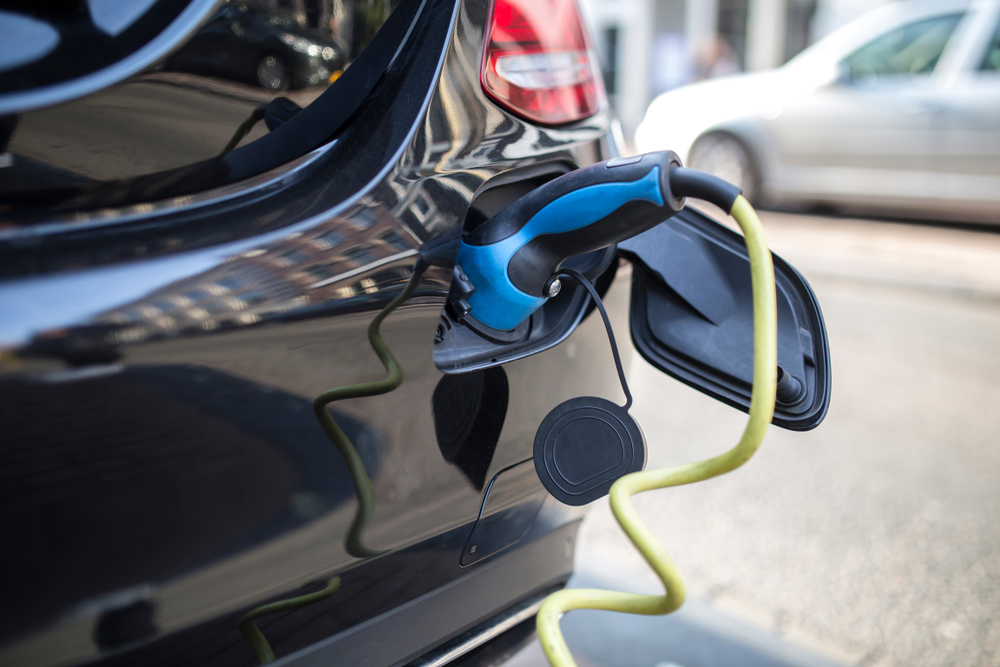


Four years after its introduction, a review has been released looking into the Integrated Transport Strategy, trying to work out whether or not it has achieved its aims.
The Strategy was introduced in 2015, with the aim of facilitating "safe, convenient, accessible and affordable travel options for all of the community, which are time and energy efficient, enhance health and the environment and minimise pollution".
Effectively, the strategy looked to put pedestrians, cyclists and users of public transport first, with suggested measures like paid parking and free buses aimed at tackling the fact that Guernsey had "too many cars" at the time, according to a survey. It also wanted to prioritise the environment, by discouraging fuel-inefficient cars.
In 2014 and 2015, the Strategy under went a number of changes as it slowly crawled through the States. This, the current Environment & Infrastructure Committee concluded, had left discrepancies between what it aimed to achieve, and how it could actually make any changes.
But in the review's summary, the Committee said there had been some "notable progress" towards the objectives set out, despite the fact some of the "key policy mechanisms" were still missing.

Pictured: The Strategy called for four yearly reviews. The current E&I Committee, led by Deputy Barry Brehaut, have just carried out the first of those.
In the review's closing summary, E&I said: "There has been some good progress made towards several of the main objectives, especially given the discrepancies between what the Strategy seeks to achieve and the mechanisms by which it can do so. Overall, it has been partially effective in achieving its aims and realising its Vision.
"There has been a modest reduction in the number of car journeys, including solo-occupancy trips, reducing peak hour traffic by around 5% against a loose target of 10%.
"There has been a significant increase in the number of journeys made by alternative forms of transport. In terms of active travel, small data sets and broader proxies suggest an increase in people walking – possibly by about 25% – and in people riding bikes – possibly by about 50%. These increases would not meet the original idealised target of doubling active travel numbers, but nonetheless represent a positive improvement since the introduction of the Strategy."
Some areas did still need improving, however. The review found that the number of high-emissions vehicles being registered had gone up by 8%, rather than down, and there had been no significant swing toward ICE - low emissions - vehicles. The Committee said this showed that duty on registered new cars was clearly not enough to discourage people from buying high-emission vehicles.
More taxes could be on the way to try and tackle this situation, the report suggested.

Pictured: There has been a 14-fold increase in the number of electric cars though.
As far as road safety and road traffic offences were concerned, the review said its was difficult to quantify improvements. It said there had been a slight reduction in average speeds for people driving through the new 25mph zones, but said there was no comparable baselines to measure numbers against.
The review did say a points-based system for drivers was on the cards to try and encourage good driving practice, but that would be subject to future work putting together any proposals.
Pictured top: One of Guernsey's newer, narrower, buses on St Julian's Avenue.
Comments
Comments on this story express the views of the commentator only, not Bailiwick Publishing. We are unable to guarantee the accuracy of any of those comments.